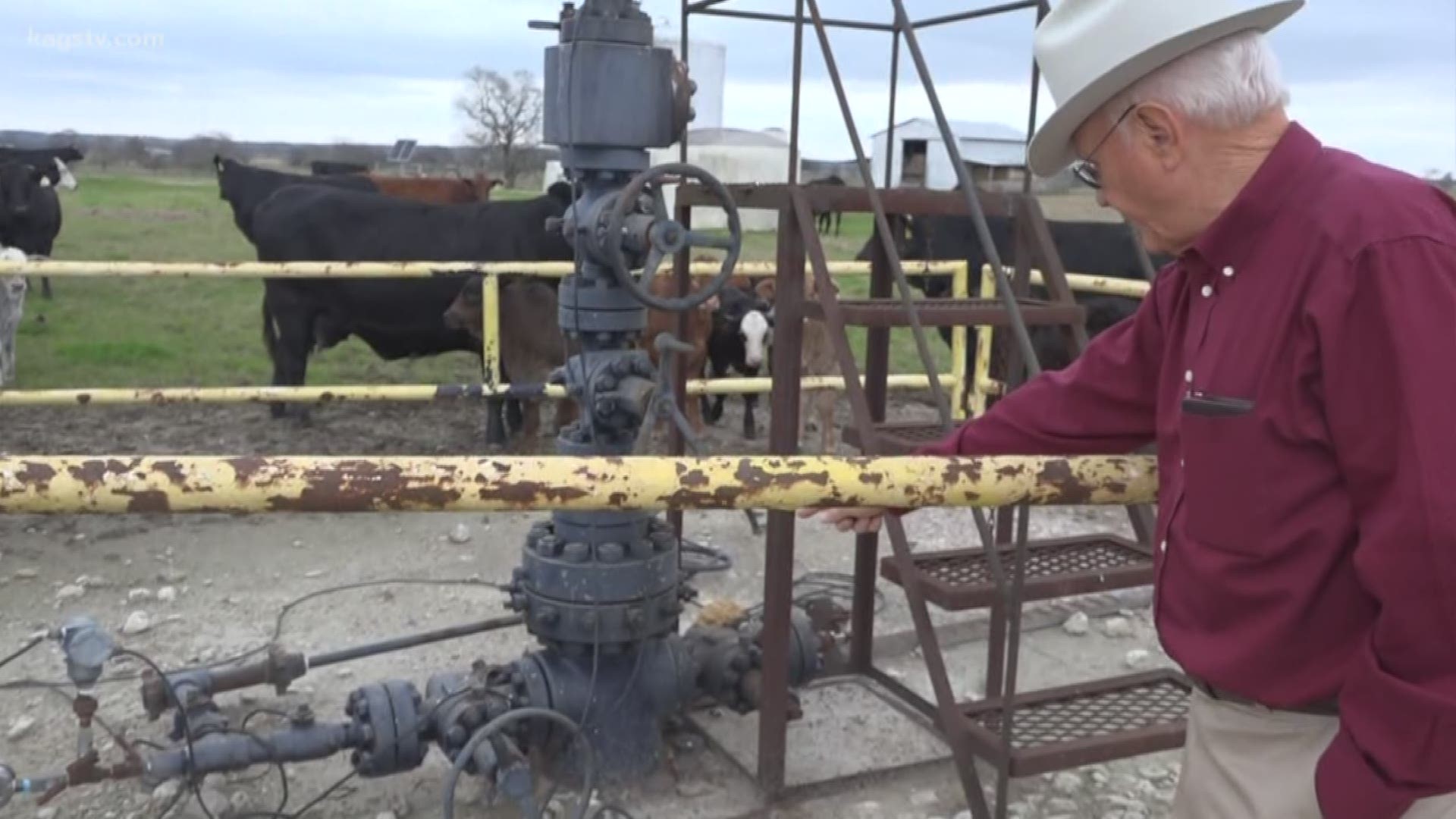MILLICAN, Texas — Since Wednesday's oil well blowout, many terms have been thrown out to the public. For those who don't work in the oil and gas industry, it could be confusing. KAGS News reached out to a former petroleum industry professional to better understand what a blowout is and how it is caused.
Lynn Elliot has worked in the oil and gas industry for 46 years. He is the former president of Lometa Petroleum Corporation, but is now retired.
In his many years on the job, Elliot said he's never been on a well site during a blowout and said seeing one is rare.
"All these years you might have a blowout once every 20 years," Elliot said.
Elliot tells KAGS News he doesn't want to speculate what happened in Burleson County on Wednesday, but can clarify how a blowout can happen.
On a well site, there are wellheads which are used for oil and gas drilling.
"Typically a wellhead is there to facilitate getting the oil and gas out of the ground and safely into the pipeline or the tank," Elliot said.
Wellheads can control the flow of oil and gas.
"When you fail to control it, you either have a human failure or a mechanical failure," Elliot said. "That's when you have a blowout (when there is an) uncontrolled flow of product."
Elliot said numerous reasons could cause a human or mechanical failure.
If a blowout happens, oil well workers must quickly try to stop the flow.
"You're going to have gas escaping and hopefully there is no ignition source there," Elliot said.
Not all blowouts have fires.
According to Elliot, a blowout is not an explosion.
"If you have a product in a tank battery and its fairly well controlled and somehow the ignition source gets to it that is when you're going to have an explosion," Elliot said.
Elliot said although blowouts are rare, people who work on the well sites understand safety and have safety meetings every day.
ALSO POPULAR ON KAGSTV.COM:

